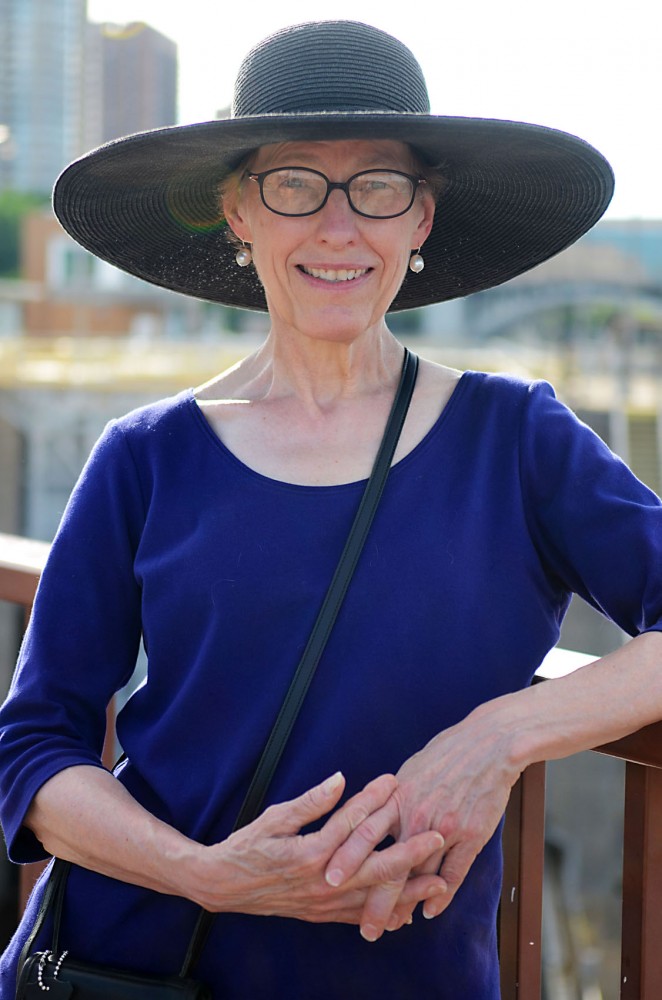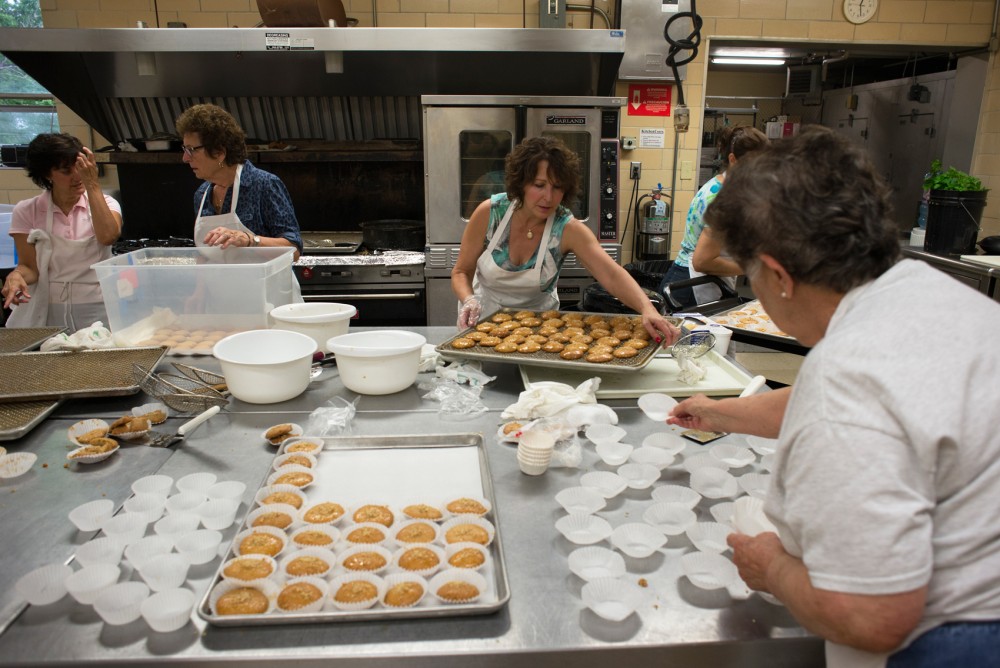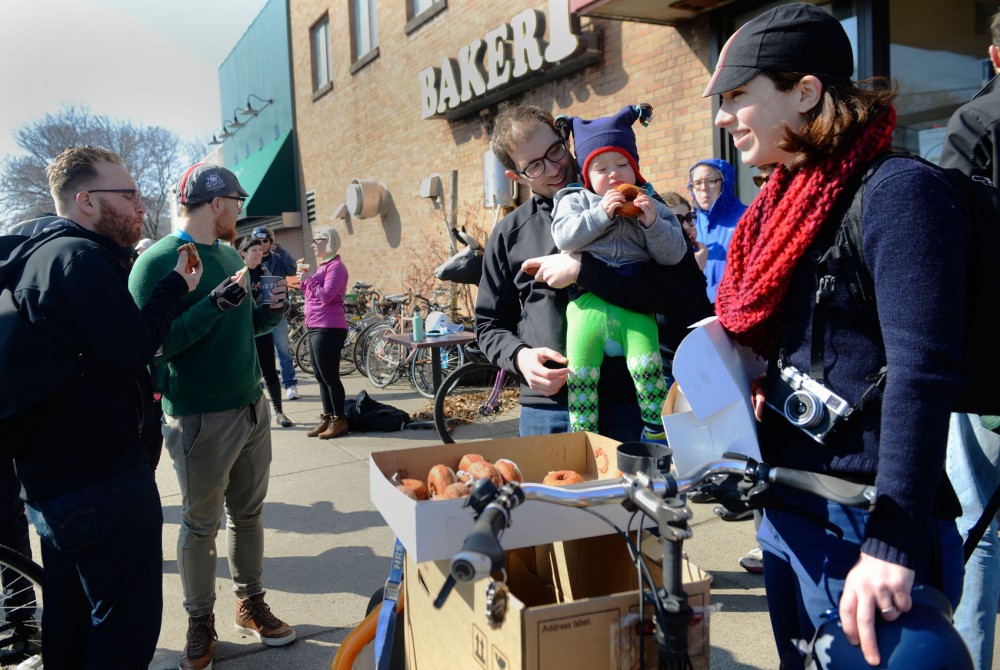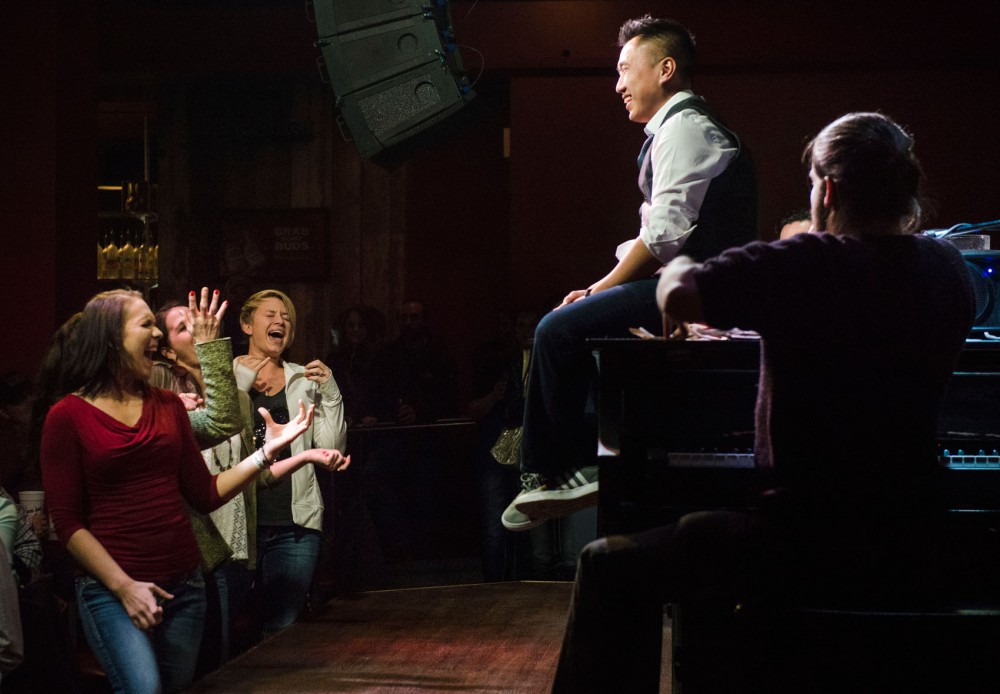On a bike ride through the riverfront district in Minneapolis, Penny Petersen realized one brick building was out of place among the upscale housing. From what she knew about the late 19th century in the city, the design of the house did not fit the bill for industry.
“Rich people were not living on the Riverfront in the 1890s,” she said. “It was an awful, smelly, dirty place.”
As a researcher for a historical consulting firm, Petersen knew to go straight to the property records to check for more info about the strange location for the architecturally significant townhouse—a clear sign of wealth in an area not known for its residential setting.
“If you had a choice then, you didn’t live there,” she said.
Petersen found a list of suggestive names in the permit index card—“House of Ill Fame” and “Sporting House” are among the open euphemisms for the lone surviving bordello in Minneapolis. Though she later discovered three separate red-light districts in the city, research for her book, “Minneapolis Madams: The Lost History of Prostitution on the Riverfront,” was gradual.
“Instead of really facing our problems or acknowledging it, I think we just covered it up,” she said.
Prostitution in the early days of Minneapolis’ history was an inevitable part of the transition to an urban environment, but the Puritanical founders sought to cover up the huge underground economy. Only now, Petersen’s new book sheds light on the “gilded palaces of sin,” a history exposing the lives of the “madams” who controlled the area’s numerous bordellos.
“And they ranged from Kmart to Bergdorf Goodman,” she said.
Among the famous brothel owners, the “high priestesses of vice,” was Ida Dorsey, who ran a profitable business entertaining the wealthy elite and working stiffs alike. Not only does “Minneapolis Madams” provide a stirring history, it also gives a telling example of the political hypocrisy at the time. In 1879, the city convicted three major madams and sentenced them, an attempt to rid Minneapolis of the notorious houses.
“That lasted a few weeks,” she said. “All that did was put them out on the street. Instead of knowing where to reliably find these women, you’d find them everywhere.”
Former governor John Pillsbury ended up pardoning the three women and they were all back in business. Until the early part of the twentieth century, these so-called sporting houses sprang up around the entertainment district, including Main Street and First Avenue. When the advent of the telephone brought call girls, most of the bordellos faded away, Petersen said.
“After 1910, the commercial sex trade didn’t have a fixed address,” she said.
As a sexual and social history, the research into the “Minneapolis madams” gives a portrait of the women controlling the sex trade, often family-oriented, savvy bosses. Most madams gave their wealth away to their families and fought to protect the workers in each bordello.
“You don’t really think of prostitution as a family values occupation, but maybe we should,” she said.
What: “Minneapolis Madams: The Lost History of Prostitution on the Riverfront” with Penny Petersen
When: Thursday, 7 p.m.
Where: Mill City Museum, 704 S. 2nd St., Minneapolis
Cost: Free











